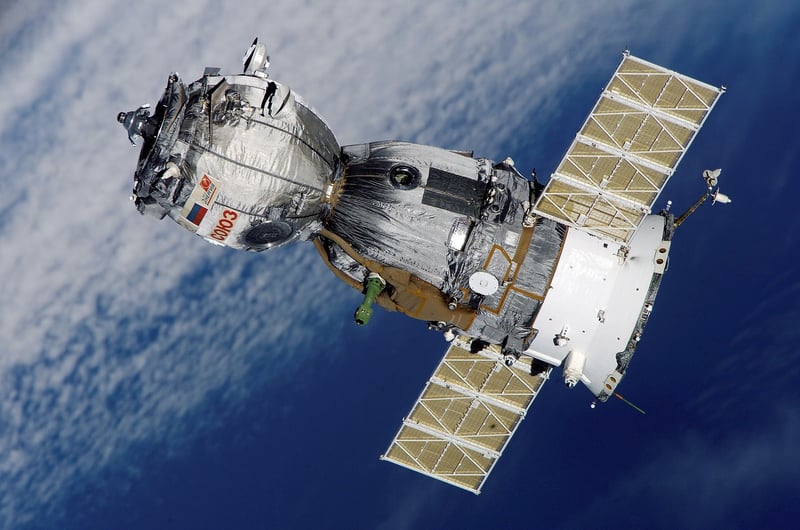Cosmic Radiation
The Dangers of Cosmic Radiation in Deep Space
Deep space travel has always been a subject of fascination and exploration. However, the dangers that astronauts face in the vastness of space are often overlooked. One of the most significant threats is cosmic radiation, which can have severe consequences for space travelers. Let's delve into the risks associated with cosmic radiation in deep space.
What is Cosmic Radiation?
Cosmic radiation is a form of high-energy radiation that originates from outside the solar system. It consists of protons, electrons, and other atomic nuclei traveling at nearly the speed of light. Unlike the Earth's atmosphere, deep space provides little to no protection against this radiation.
Health Risks of Cosmic Radiation
Exposure to cosmic radiation can lead to various health risks for astronauts, including:
- Increased risk of cancer: Prolonged exposure to cosmic radiation can damage DNA, increasing the risk of developing cancer.
- Acute radiation sickness: High doses of radiation can cause symptoms such as nausea, vomiting, and fatigue, affecting the overall health of astronauts.
- Central nervous system effects: Cosmic radiation can impact the central nervous system, leading to cognitive impairments and behavioral changes.
- Radiation cataracts: The eyes are particularly sensitive to radiation, and prolonged exposure can lead to the development of cataracts.
Protecting Astronauts from Cosmic Radiation
Space agencies are continuously researching ways to protect astronauts from the harmful effects of cosmic radiation. Some strategies include:
- Shielding materials: Developing advanced shielding materials to block or mitigate the impact of cosmic radiation.
- Spacecraft design: Designing spacecraft with radiation protection in mind, such as creating safe zones within the vehicle.
- Monitoring and limits: Implementing radiation monitoring systems and setting exposure limits for astronauts.
Conclusion
While the dangers of cosmic radiation in deep space are significant, ongoing research and advancements in technology offer hope for safer space travel in the future. Understanding the risks and implementing appropriate measures are crucial steps in ensuring the well-being of astronauts on long-duration space missions.

